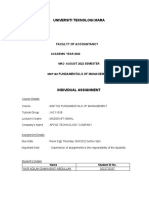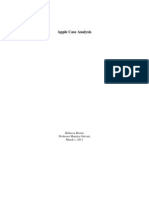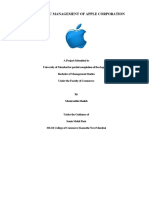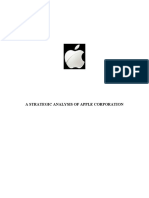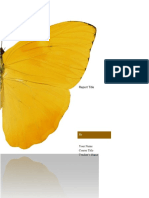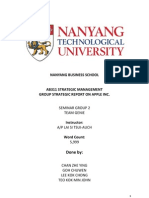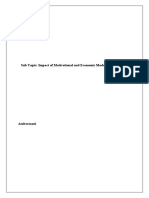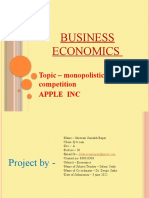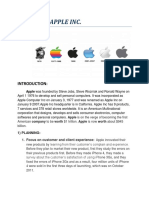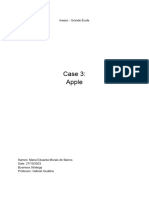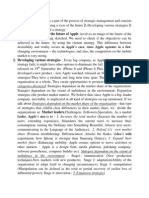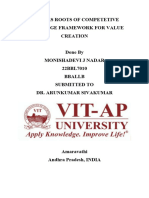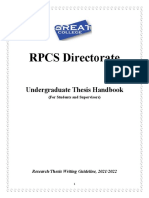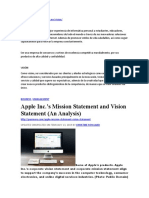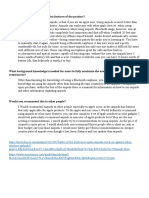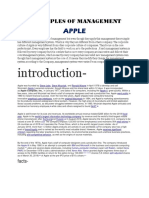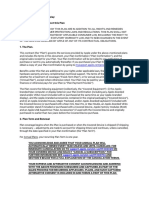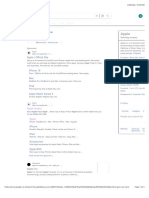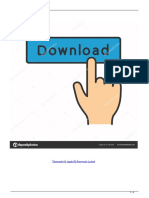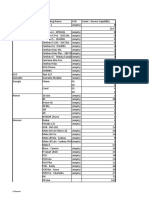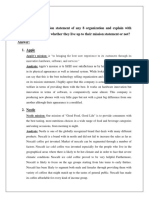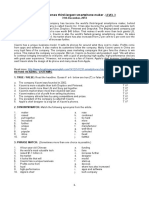0% found this document useful (0 votes)
222 views16 pagesSales Assignment
This document provides an overview of Apple Inc.'s organizational structure and strategies. It discusses Apple's current focus on delivering excellent customer experiences through creative products and services. It also outlines Apple's past strategies, including entering the music industry through partnerships and frequent product updates that drove sales but cannibalized previous models. The organizational structure is hierarchical with CEO Tim Cook at the top and elements of other structures to support innovation and growth.
Uploaded by
dagmawiCopyright
© © All Rights Reserved
We take content rights seriously. If you suspect this is your content, claim it here.
Available Formats
Download as DOCX, PDF, TXT or read online on Scribd
0% found this document useful (0 votes)
222 views16 pagesSales Assignment
This document provides an overview of Apple Inc.'s organizational structure and strategies. It discusses Apple's current focus on delivering excellent customer experiences through creative products and services. It also outlines Apple's past strategies, including entering the music industry through partnerships and frequent product updates that drove sales but cannibalized previous models. The organizational structure is hierarchical with CEO Tim Cook at the top and elements of other structures to support innovation and growth.
Uploaded by
dagmawiCopyright
© © All Rights Reserved
We take content rights seriously. If you suspect this is your content, claim it here.
Available Formats
Download as DOCX, PDF, TXT or read online on Scribd
/ 16











